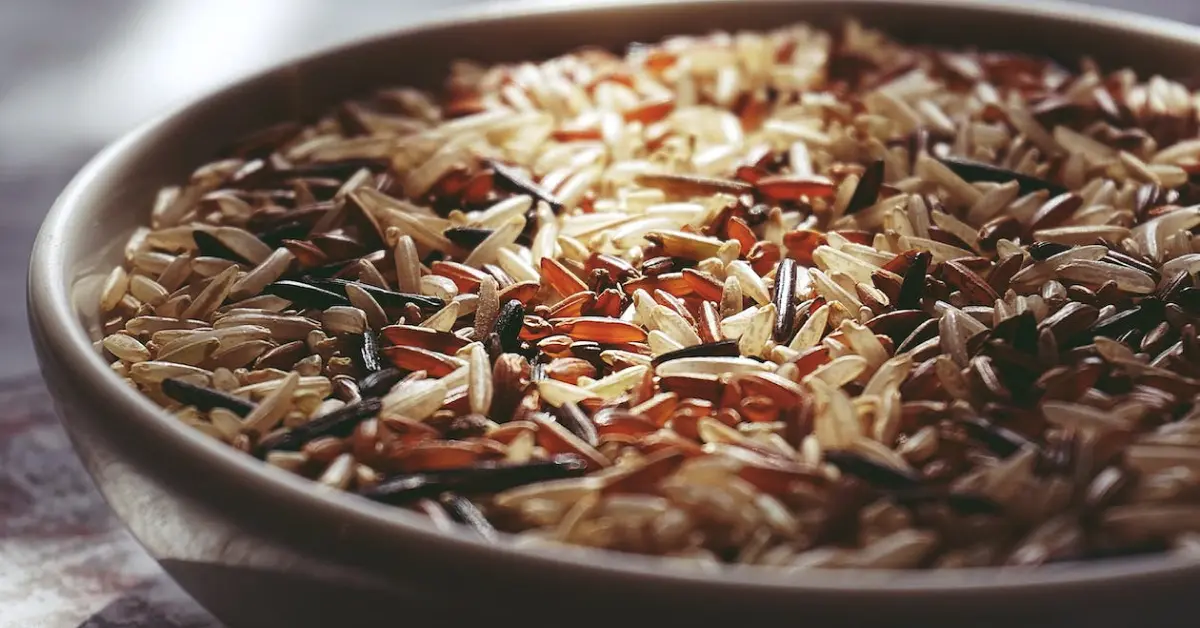In recent years, the health food industry has seen a surge in the popularity of brown rice, touted for its supposed superior nutritional benefits over white rice. This shift in dietary preference is rooted in the belief that brown rice offers more micronutrients, a lower glycemic index, and higher fiber content. However, a closer examination reveals several misconceptions surrounding these claims, necessitating a deeper dive into the actual nutritional landscape of white rice vs brown rice. Moreover, an often-overlooked concern is the arsenic content in brown rice, which poses significant health risks. This article aims to dispel these myths and shed light on the nuances of rice nutrition, providing a balanced perspective on the brown rice debate.
Misconception 1: Superior Micronutrient Absorption in Brown Rice
It’s commonly believed that brown rice harbors 50-60% more micronutrients than white rice, making it the healthier choice. However, the presence of phytic acid or phytate in the bran layer of brown rice complicates this narrative. Phytic acid binds to essential minerals such as iron, zinc, and calcium, significantly reducing their absorption by the body. Furthermore, brown rice contains lectins, which have been linked to inflammation in susceptible individuals. These antinutrients not only hinder the digestion of proteins and starches but also challenge the notion that brown rice’s nutritional content is more bioavailable than that of white rice.
Misconception 2: Lower Glycemic Index in Brown Rice
Another prevalent belief is that brown rice has a lower glycemic index (GI) than Basmati rice, suggesting it’s a better option for blood sugar management. However, the GI of brown and Basmati rice is nearly identical. More importantly, rice is rarely consumed in isolation in dietary cultures around the world. It’s often paired with legumes like dal, rajma, or chane, which modifies the overall glycemic load of the meal due to the added fiber. This combination is particularly beneficial for post-workout nutrition, where Basmati rice serves as an excellent food choice to restore muscle glycogen. Thus, when considering the glycemic impact, the distinction between brown and Basmati rice becomes less significant.
Misconception 3: The Digestibility of Fiber in Brown Rice
While it’s true that brown rice contains more fiber than white rice, this doesn’t necessarily translate to a health benefit for everyone. For individuals with food allergies, intolerances, or sensitivities, as well as those experiencing bloating and gas, the bran in brown rice can act as a gut irritant. This highlights the importance of individual dietary needs and tolerances, challenging the blanket recommendation of brown rice for its fiber content.
The Alarming Factor: Arsenic Content in Brown Rice
An often-overlooked concern with brown rice is its arsenic content. Arsenic, a carcinogen, can be absorbed by the bran part of rice from pesticides used in rice paddies. This poses a significant health risk, as long-term exposure to arsenic is linked to lung and bladder cancer. This alarming fact underscores the need for caution and further research when considering brown rice as a staple in one’s diet.
Bottom Line: A Return to Tradition
The debate over white rice vs brown rice often overlooks cultural and historical dietary patterns. In many parts of India and in the Okinawa village of Japan—home to a significant population of centenarians—white rice has been a staple for generations. This traditional preference for white rice, despite the modern push for brown rice, suggests that the healthfulness of rice cannot be determined solely by its color. It’s essential to consider the broader nutritional context, individual health needs, and potential risks associated with antinutrients and arsenic content.
In conclusion, while brown rice has been hailed for its supposed nutritional superiority over white rice, a closer look reveals a complex landscape of benefits, drawbacks, and misconceptions. The decision to choose between brown and white rice should not be based on oversimplified health claims but rather on a nuanced understanding of nutrition, individual health requirements, and cultural dietary practices. As we navigate the maze of dietary advice available today, it’s crucial to approach food choices with a balanced perspective, informed by both science and tradition.












